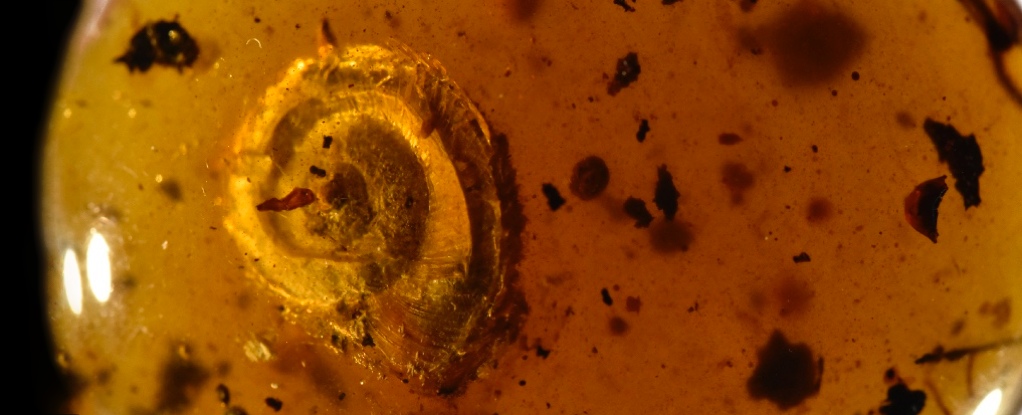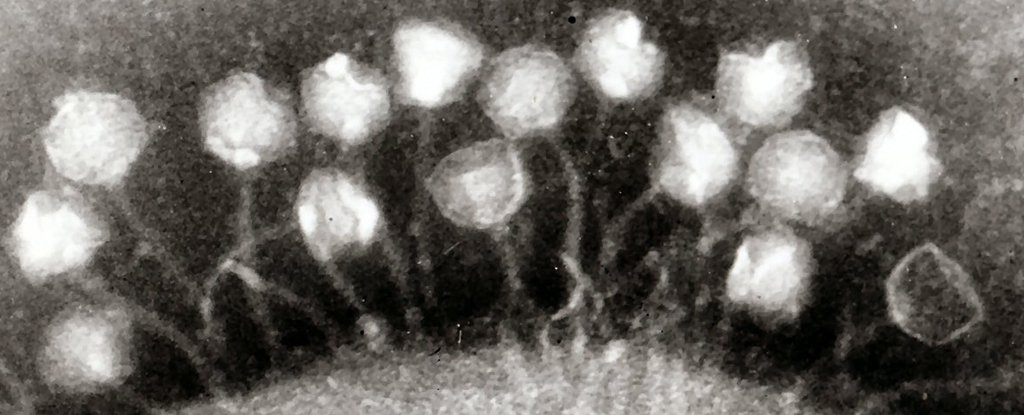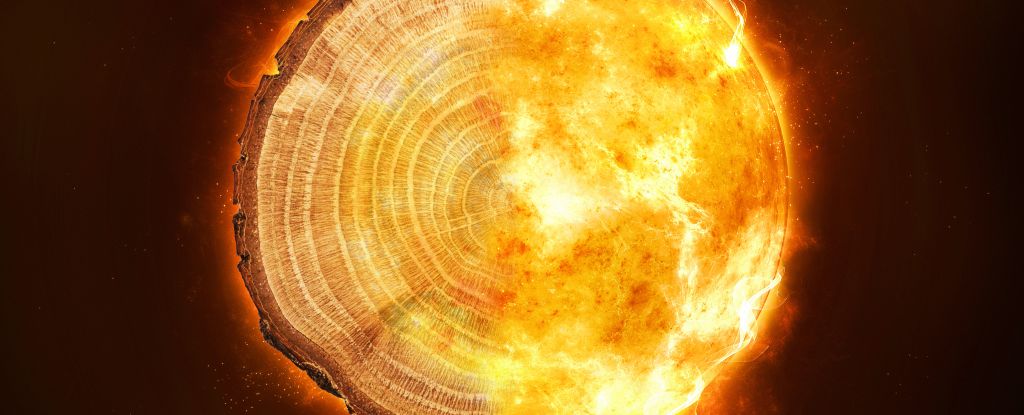Earth news stories

A river longer than England’s Thames flows beneath the Antarctic ice sheet, draining an area the size of France and Germany combined, new research reveals.

A snail preserved in amber with an intact fringe of tiny delicate bristles along its shell is helping biologists better understand why one of the world’s slimiest animals might evolve such a groovin’ hairstyle.

Researchers measured the electrical fields near swarming honeybees and discovered that insects can produce as much atmospheric electric charge as a thunderstorm cloud.

Ancient creatures are emerging from the cold storage of melting permafrost, almost like something out of a horror movie.

It is no surprise that a 14km-wide asteroid slamming into the Gulf of Mexico would generate one hell of a tsunami, but this is the first time anyone has worked out how big and how far-reaching it would have been.

The history of Earth’s bombardment with cosmic radiation is written in the trees.

Leaders of the Native American Church of North America (NACNA) held multiple meetings with congressional offices last month to advocate that federal funding be dedicated toward efforts to preserve habitats where peyote can be grown.

Strange libraries of supplementary genes nicknamed “Borg” DNA appear to supercharge the microbes that possess them, giving them an uncanny ability to metabolize materials in their environment faster than their competitors

The idea is simple but ambitious: protect the ocean by giving it the same kind of rights a person might have. No such legal mechanism is currently in place, but support for this concept is growing as experts increasingly recognize that the ocean is in dire need of defense.
Scientists from the University of Plymouth are conducting a first-of-its-kind study using advanced genetic methods and behavioural experiments to address previously untested hypotheses into the origin of psychedelic compounds in fungi.
Oxygen levels in the Earth’s atmosphere are likely to have “fluctuated wildly” one billion years ago, creating conditions that could have accelerated the development of early animal life, according to new research.

Humans are creatures of paradox. Sometimes we overflow with compassion and empathy, while at other times, we are violent and cruel. We preserve nature by creating natural parks and wilderness areas, then ravage the same natural resources without any thought of how to sustain them.

Indigenous stories from the end of the last Ice Age could be more than myth.

At the end of the Permian period 252 million years ago, Earth was devastated by a mass extinction that exterminated more than 90% of species on the planet. Compared with other mass extinctions, recovery from the “Great Dying” was slow: It took at least 10 million years for the planet to be repopulated and restore its diversity.

More than a mile beneath the Pacific Ocean, is a seascape of oddly shaped corals and a glass sponge named after ET.

Easter Island’s towering stone heads and other archaeological elements have been charred by a fire, according to local Indigenous and Chilean authorities.
Image from: kallerna (Wiki Commons)








